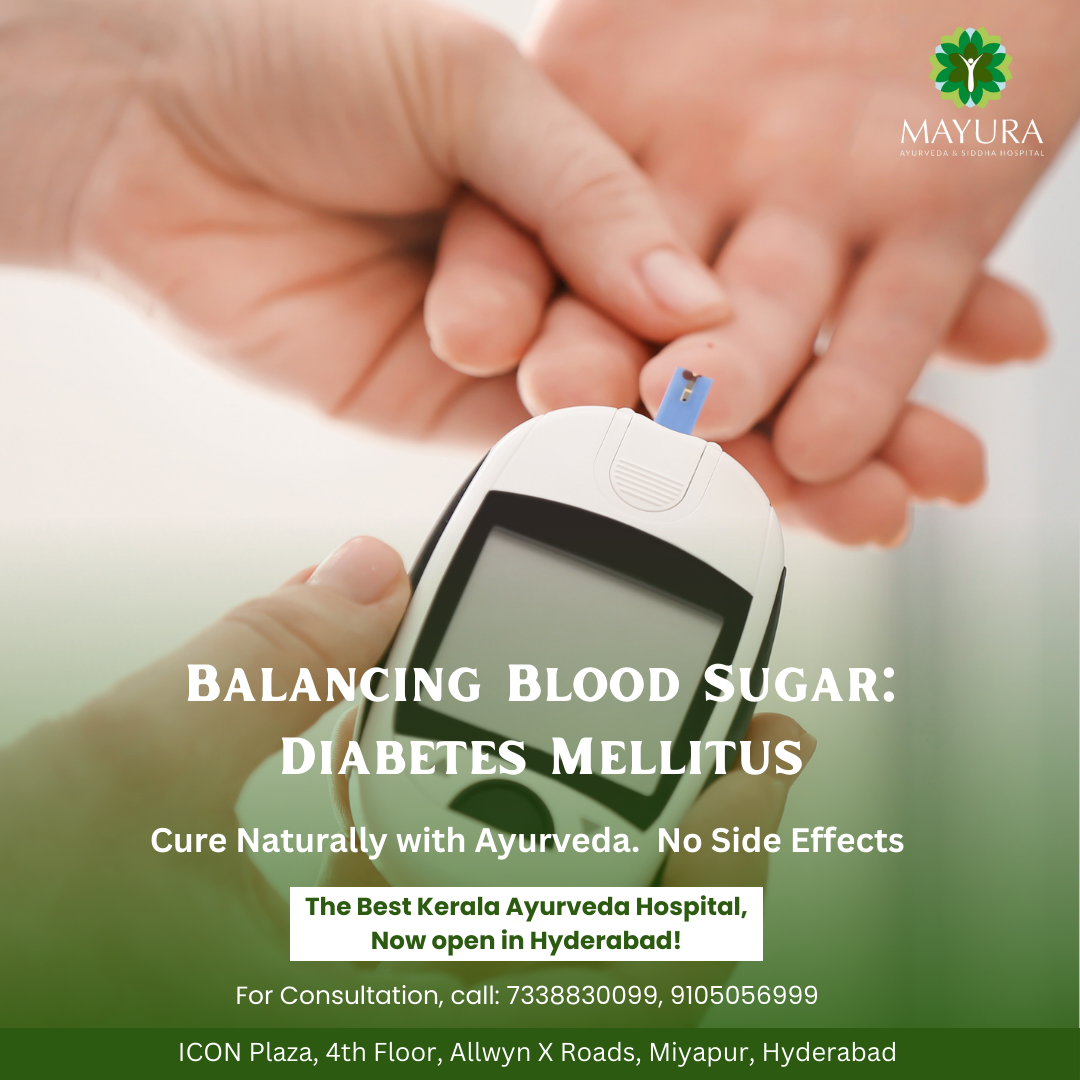
Blood Sugar Balance: Understanding Diabetes Mellitus
Diabetes mellitus, commonly referred to as diabetes, is a chronic metabolic disorder characterized by elevated blood sugar levels. Managing blood sugar levels effectively is crucial for individuals with diabetes to prevent complications and maintain overall health and well-being. In this guide, we’ll explore the causes, symptoms, diagnosis, and management strategies for diabetes mellitus, focusing on achieving optimal blood sugar balance for improved quality of life.
Understanding Diabetes Mellitus:
Diabetes mellitus is a complex condition that affects how the body utilizes glucose, the primary source of energy. There are several types of diabetes, including type 1 diabetes, type 2 diabetes, gestational diabetes, and other less common forms. Type 1 diabetes is an autoimmune disorder characterized by the destruction of insulin-producing beta cells in the pancreas, while type 2 diabetes typically involves insulin resistance and impaired insulin secretion.
Symptoms and Diagnosis:
Common symptoms of diabetes mellitus include increased thirst, frequent urination, unexplained weight loss, fatigue, blurred vision, and slow wound healing. If left untreated, diabetes can lead to serious complications such as cardiovascular disease, kidney failure, nerve damage, and vision loss. Diagnosis of diabetes involves blood tests to measure fasting blood sugar levels, oral glucose tolerance tests, and hemoglobin A1c tests to assess long-term blood sugar control.
Management Strategies:
Managing diabetes mellitus requires a multifaceted approach aimed at achieving and maintaining optimal blood sugar levels. Key strategies include:
Healthy Diet: Adopting a balanced diet rich in fruits, vegetables, whole grains, lean proteins, and healthy fats can help regulate blood sugar levels and support overall health.
Regular Exercise: Engaging in regular physical activity, such as walking, cycling, or swimming, helps improve insulin sensitivity, lower blood sugar levels, and maintain a healthy weight.
Medication: For individuals with type 1 diabetes or advanced type 2 diabetes, insulin therapy or oral medications may be prescribed to help control blood sugar levels.
Monitoring: Regular monitoring of blood sugar levels through self-testing or continuous glucose monitoring (CGM) devices helps individuals with diabetes track their progress and make necessary adjustments to their treatment plan.
Lifestyle Adjustments: Making lifestyle adjustments such as quitting smoking, managing stress, getting adequate sleep, and staying hydrated can also support blood sugar management and overall well-being.
Conclusion:
Balancing blood sugar levels is essential for individuals with diabetes mellitus to prevent complications and lead a healthy, fulfilling life. By adopting a comprehensive approach that includes a healthy diet, regular exercise, medication, and lifestyle adjustments, individuals with diabetes can achieve optimal blood sugar control and improve their quality of life.






